- Home | Industry Update | Textile Innovation Reimagined As Dutch Studio Unveils First ...
Textile Innovation Reimagined as Dutch Studio Unveils First All-Textile Self-Standing Room Divider
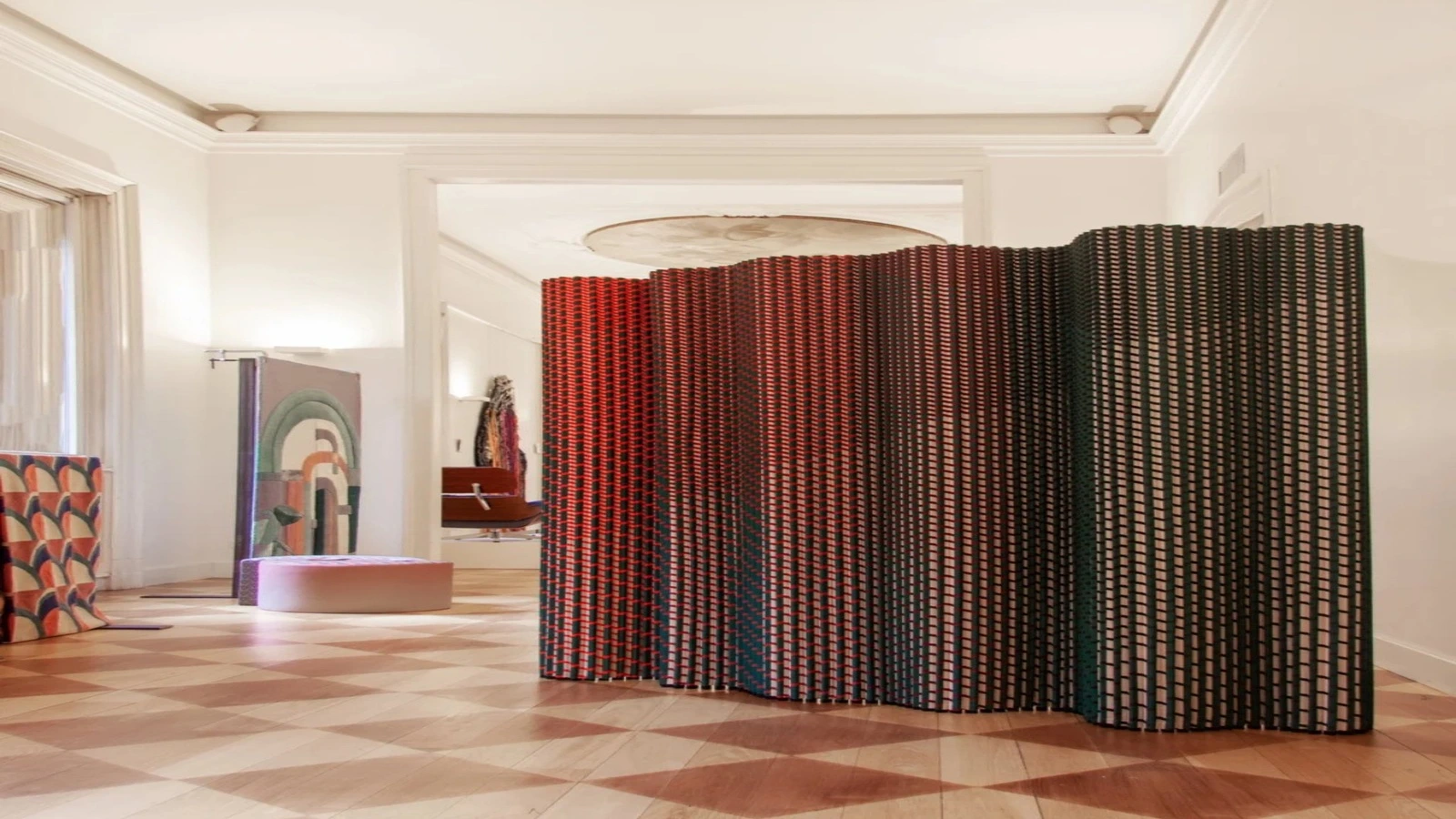
A bold experiment in materiality and craft is taking centre stage as Dutch design studio Luis Marie introduces Plissade, a groundbreaking room divider made entirely from textiles yet capable of standing independently. Shortlisted in the textile design category of Dezeen Awards 2025, the piece pushes the boundaries of what fabric can achieve in architecture and interiors.
A Reinvention of Pleating Through Circular Design
Plissade draws its inspiration from the age-old technique of textile pleating, where folded fabrics create structure, depth and sculptural presence. Founders Fenna van der Klei and Patricio Nusselder have carried this tradition into the future, transforming pleating into a high-performance design language that bridges fashion, interiors and sustainable engineering.
At its core, the divider features felt made from post-consumer polyester garments, while its outer skin uses woven textiles crafted from recycled polyester yarns. Using an innovative stiffening process that avoids binders, adhesives and resins, the studio folds both layers into tight, structural forms that hold their own shape. The result is a lightweight yet stable construction made of hollow, interlocking diamond-shaped tubes that can be fully disassembled and recycled.
By eliminating chemicals and rigid reinforcements, Plissade stands out as a truly circular product. Even its colour comes from digital Textile Printing, a method that drastically reduces water and chemical use compared to conventional dyeing.
Versatile, foldable and modular, Plissade works equally well in homes, studios, offices or hospitality spaces where acoustic comfort and design impact are both needed. From its base in Rotterdam, Luis Marie continues to blur the line between art and functionality, crafting textile objects that bring colour, softness and emotional warmth into contemporary living.
With Plissade, the studio has not only redefined pleating but has also expanded the role of textiles in modern spatial design.
03:01 PM, Nov 11

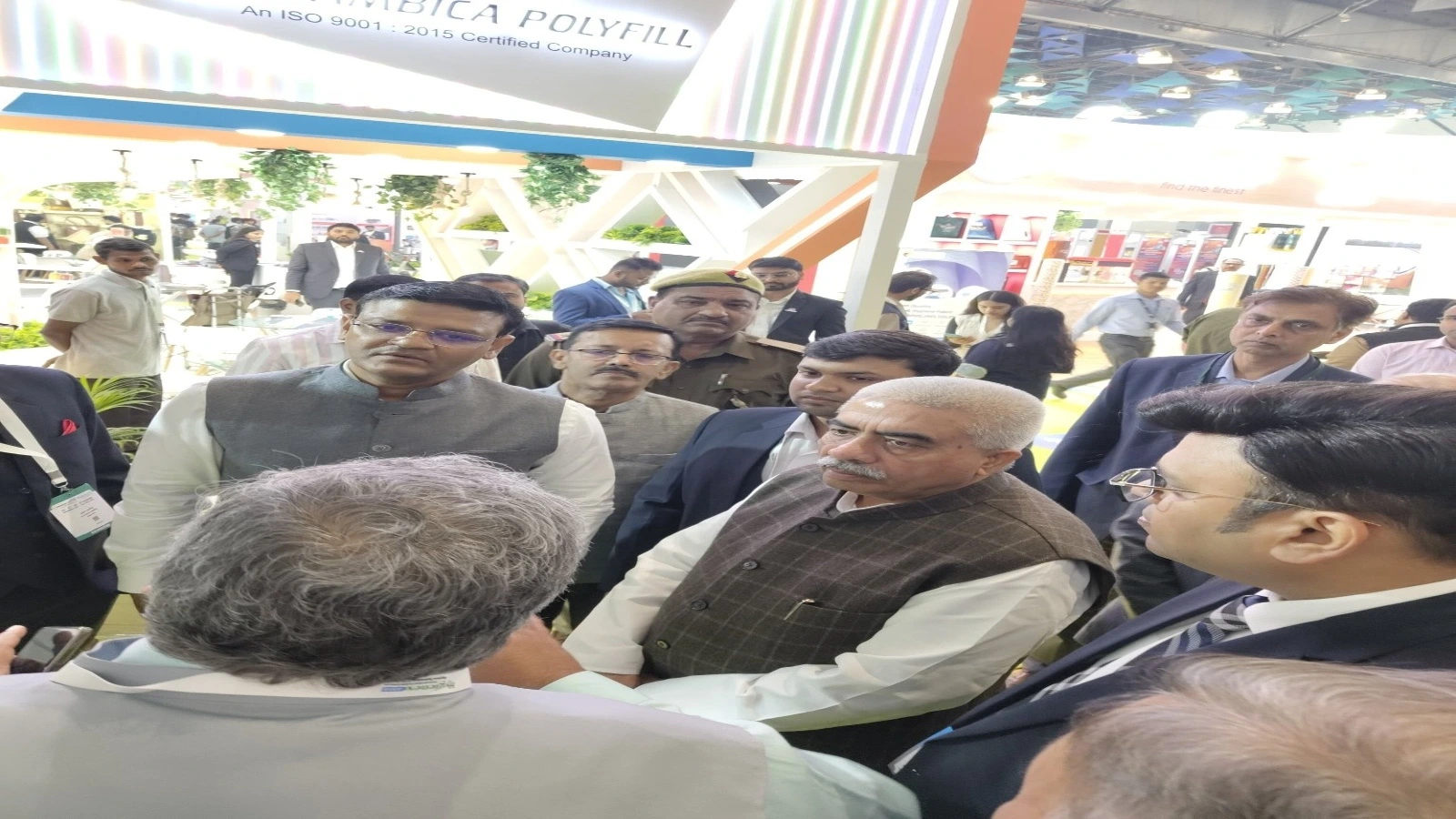
Industry Update

Carrington Textiles Introduces Defence Stock Range for Faster Access to Military Fabrics...view more



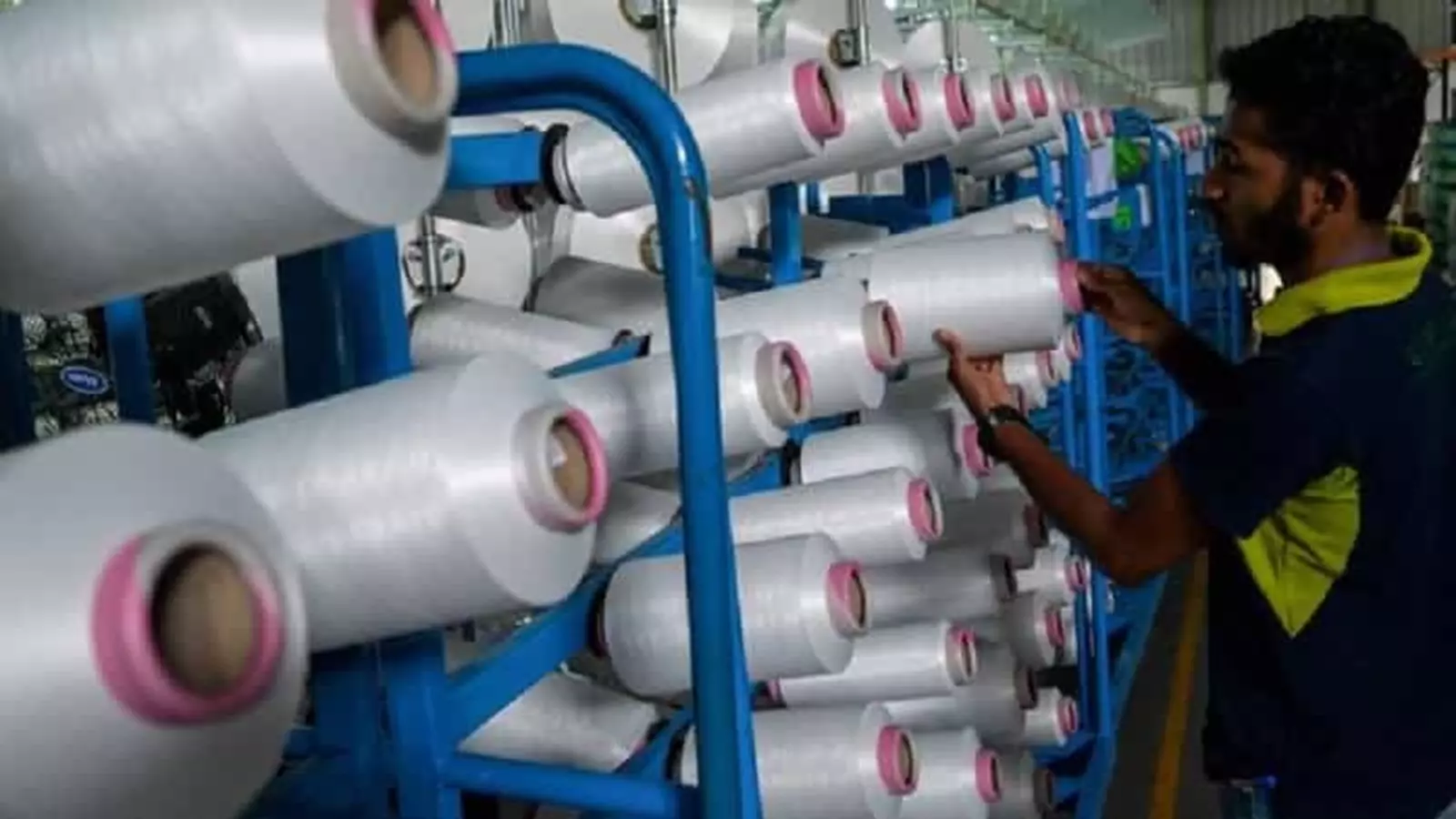
.webp)
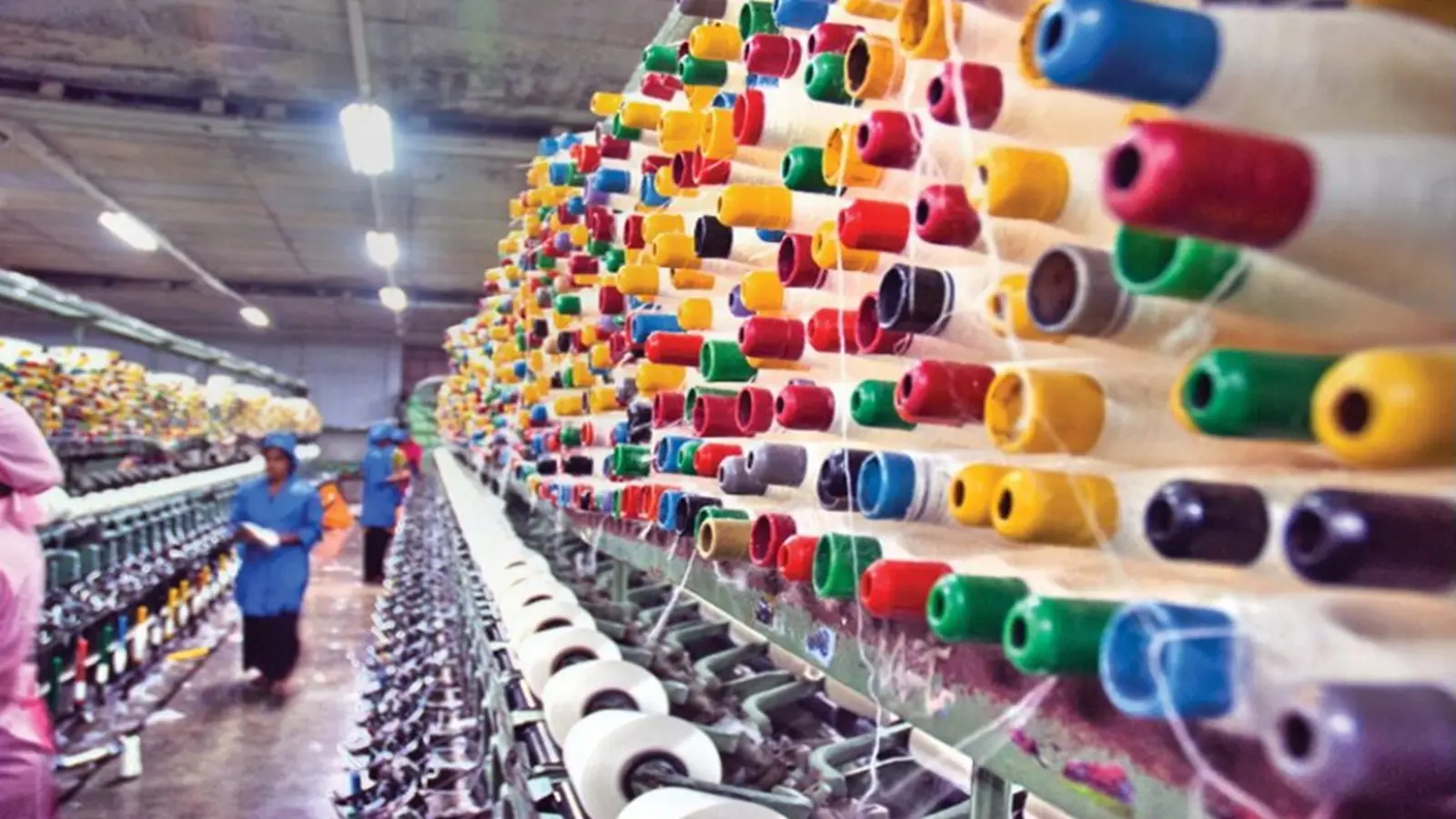
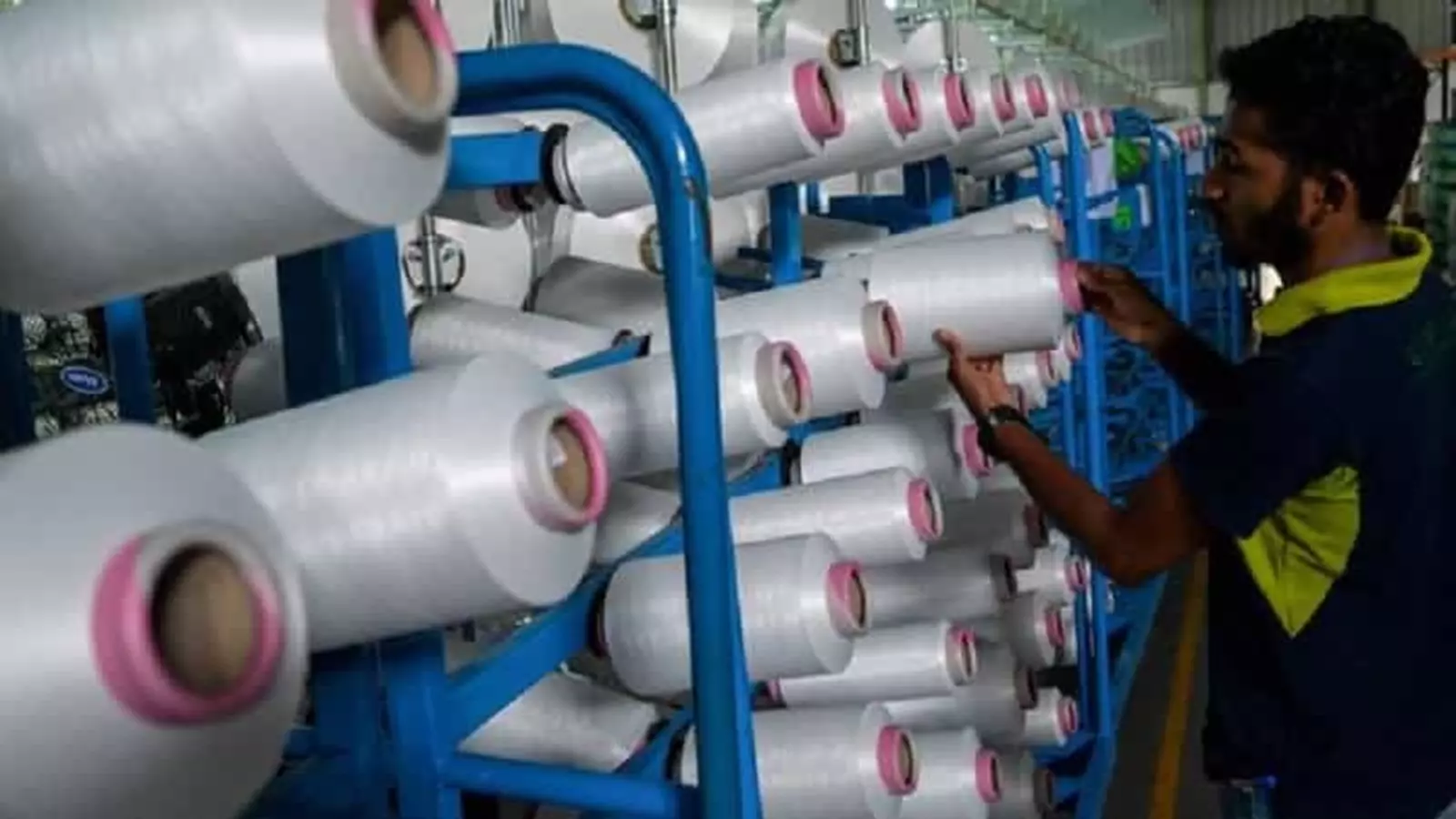

1.webp)

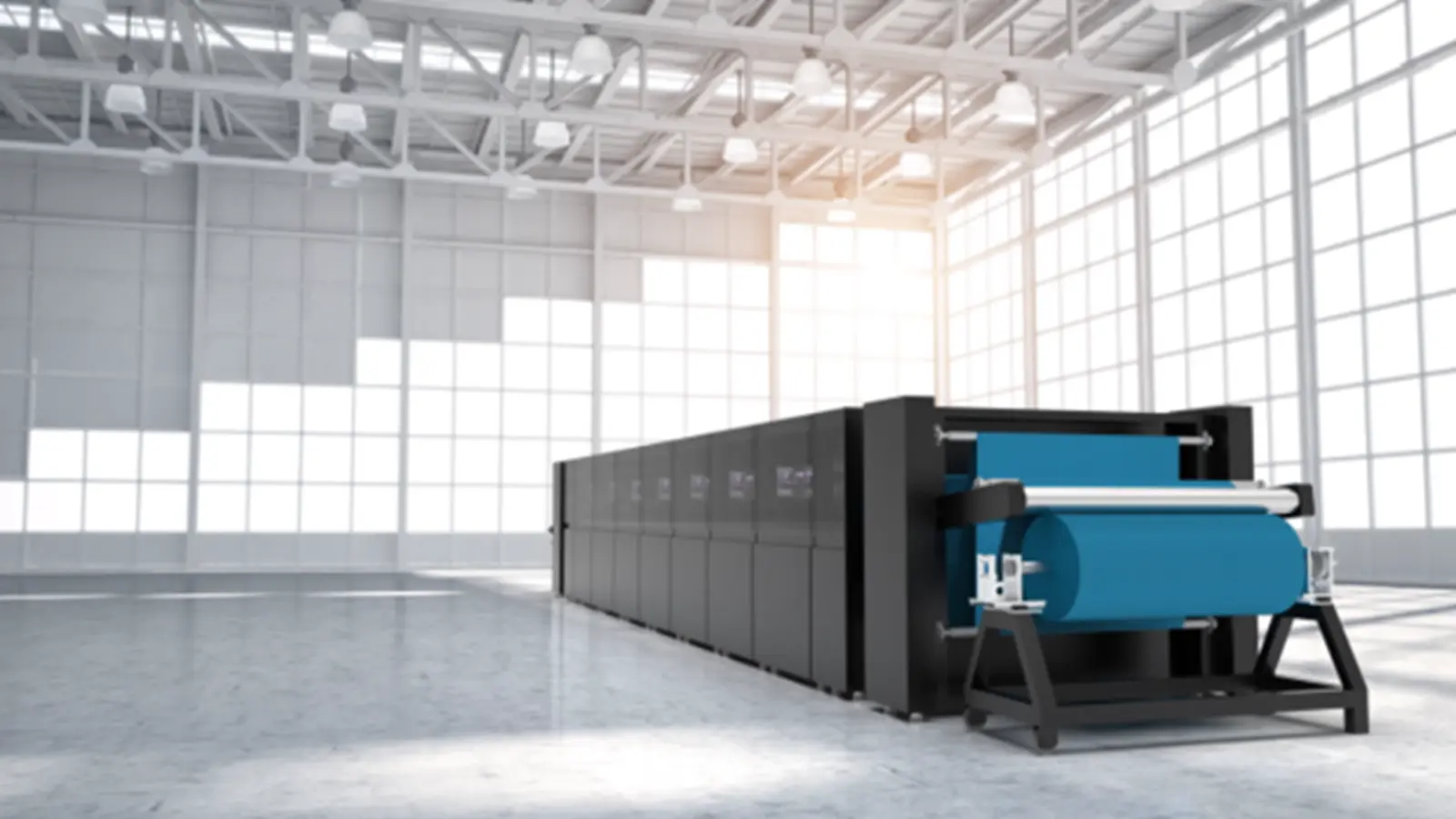










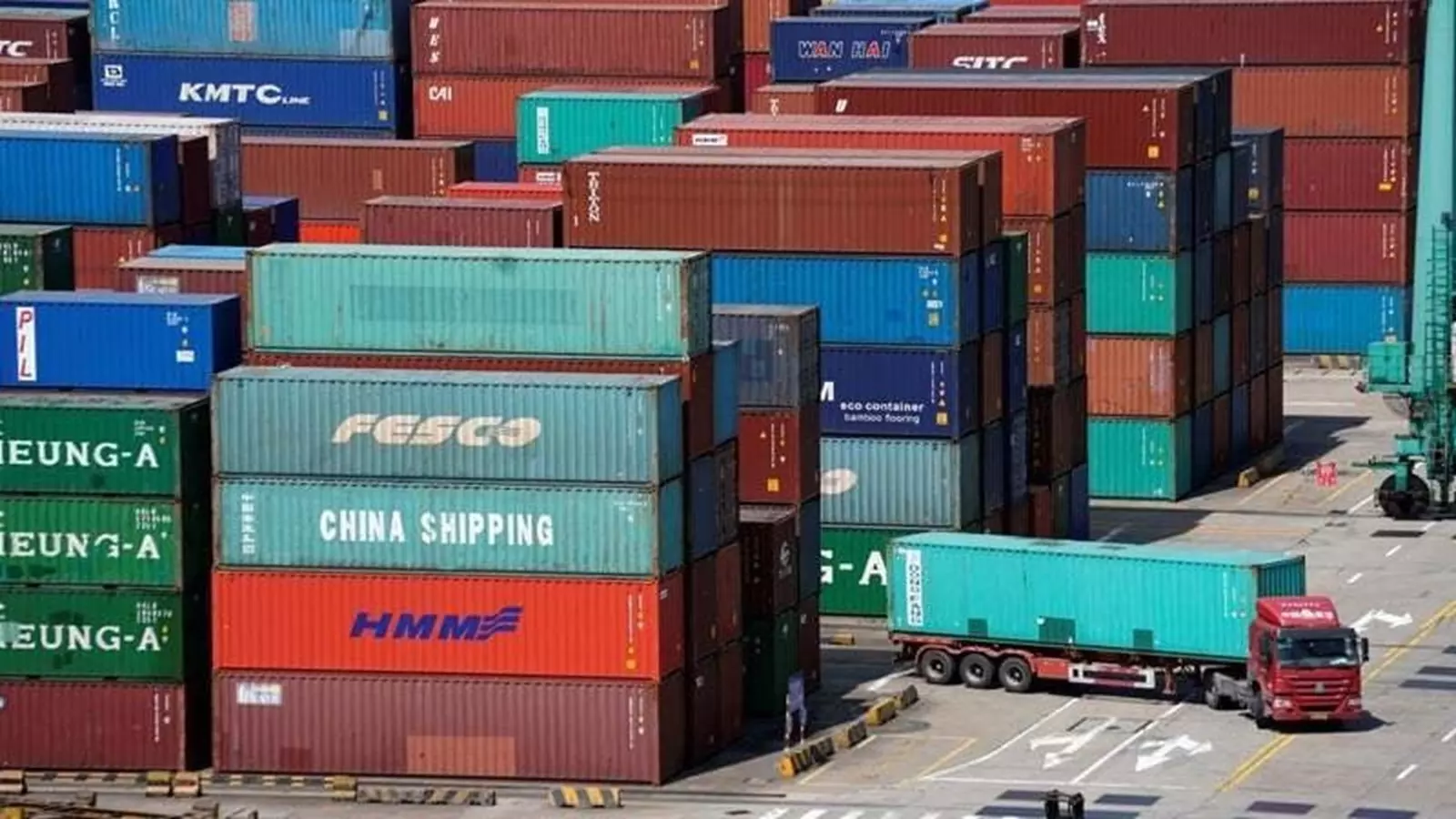

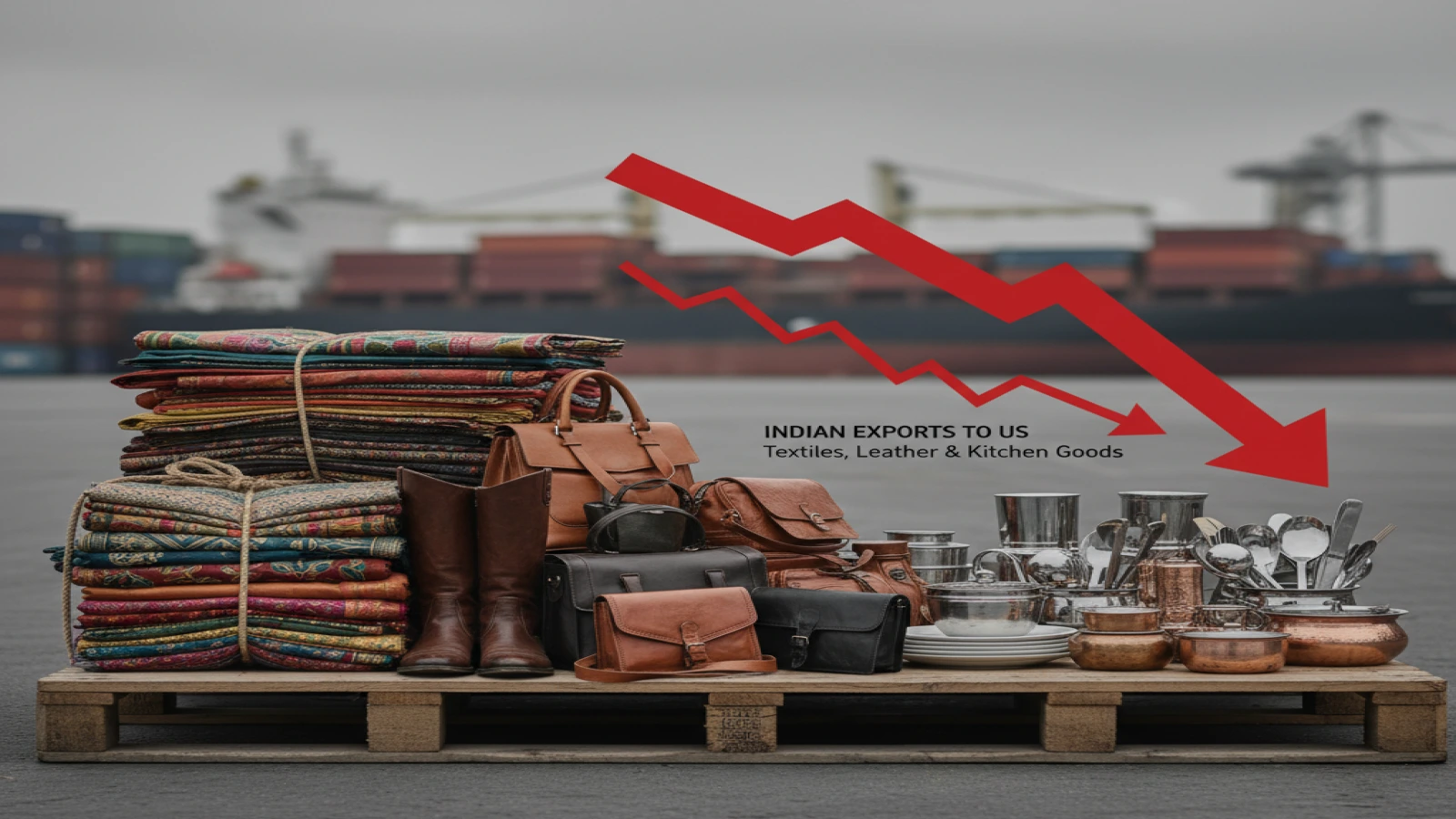

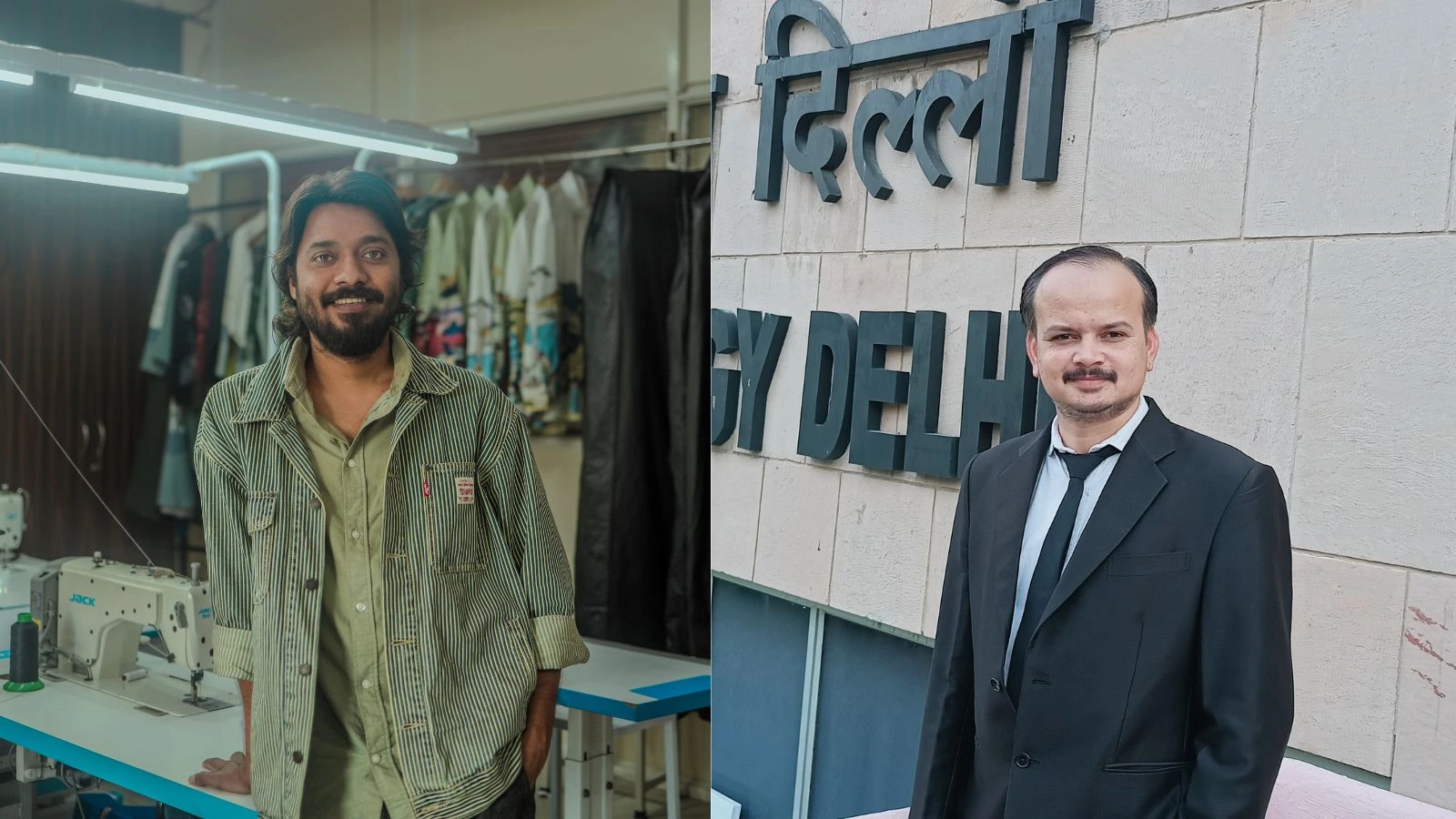

1.webp)



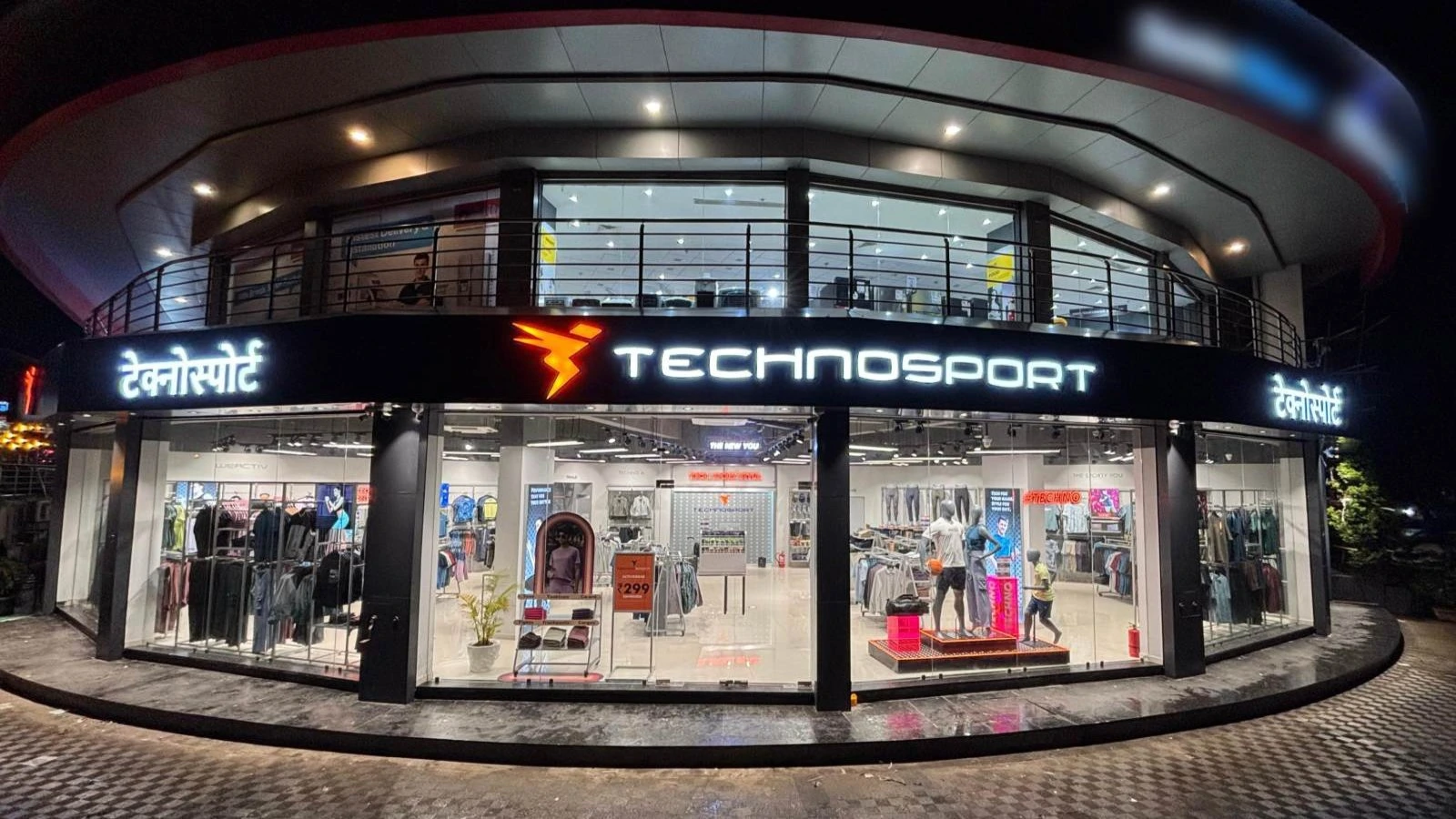

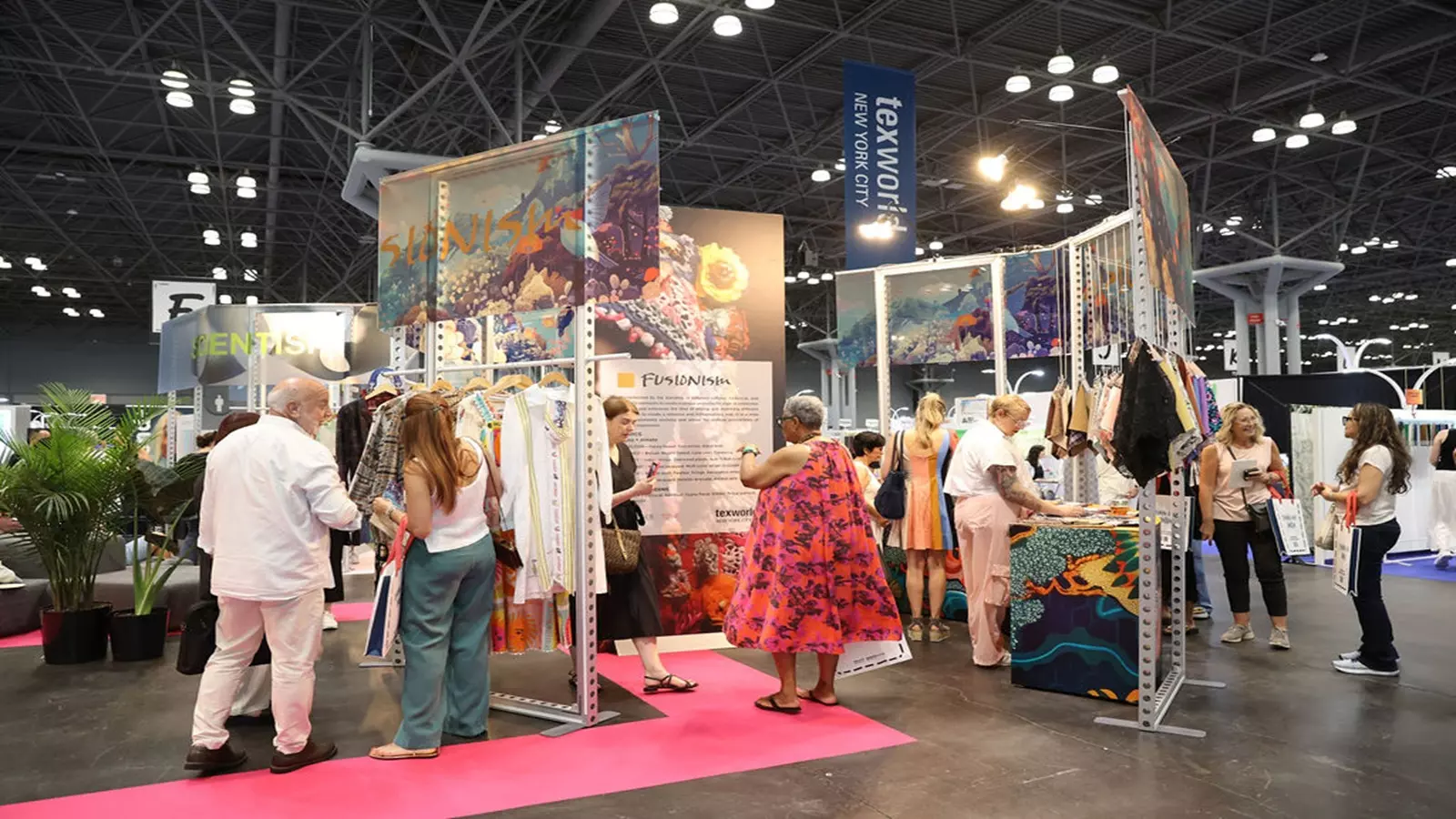



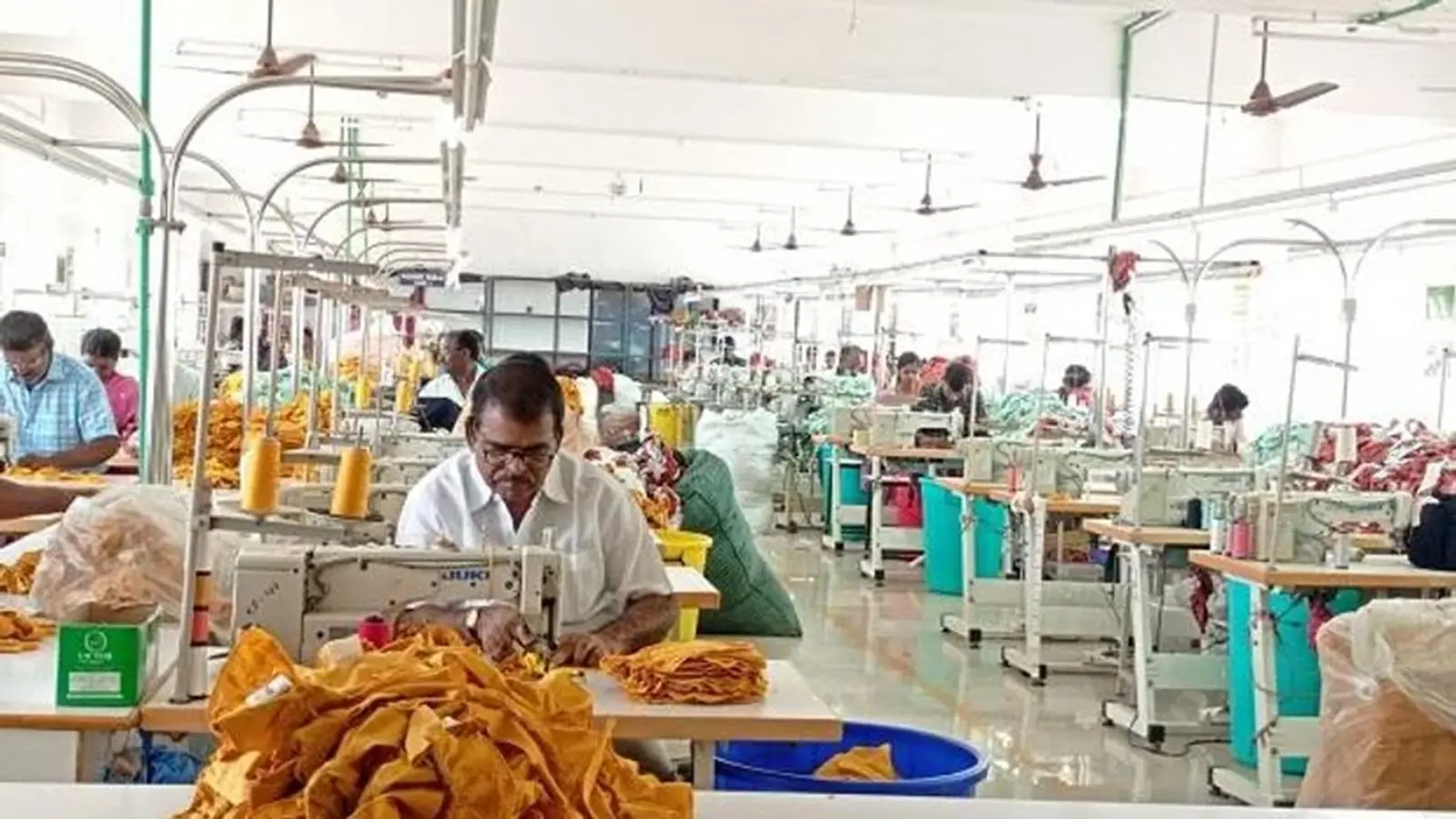
.webp)




1.webp)
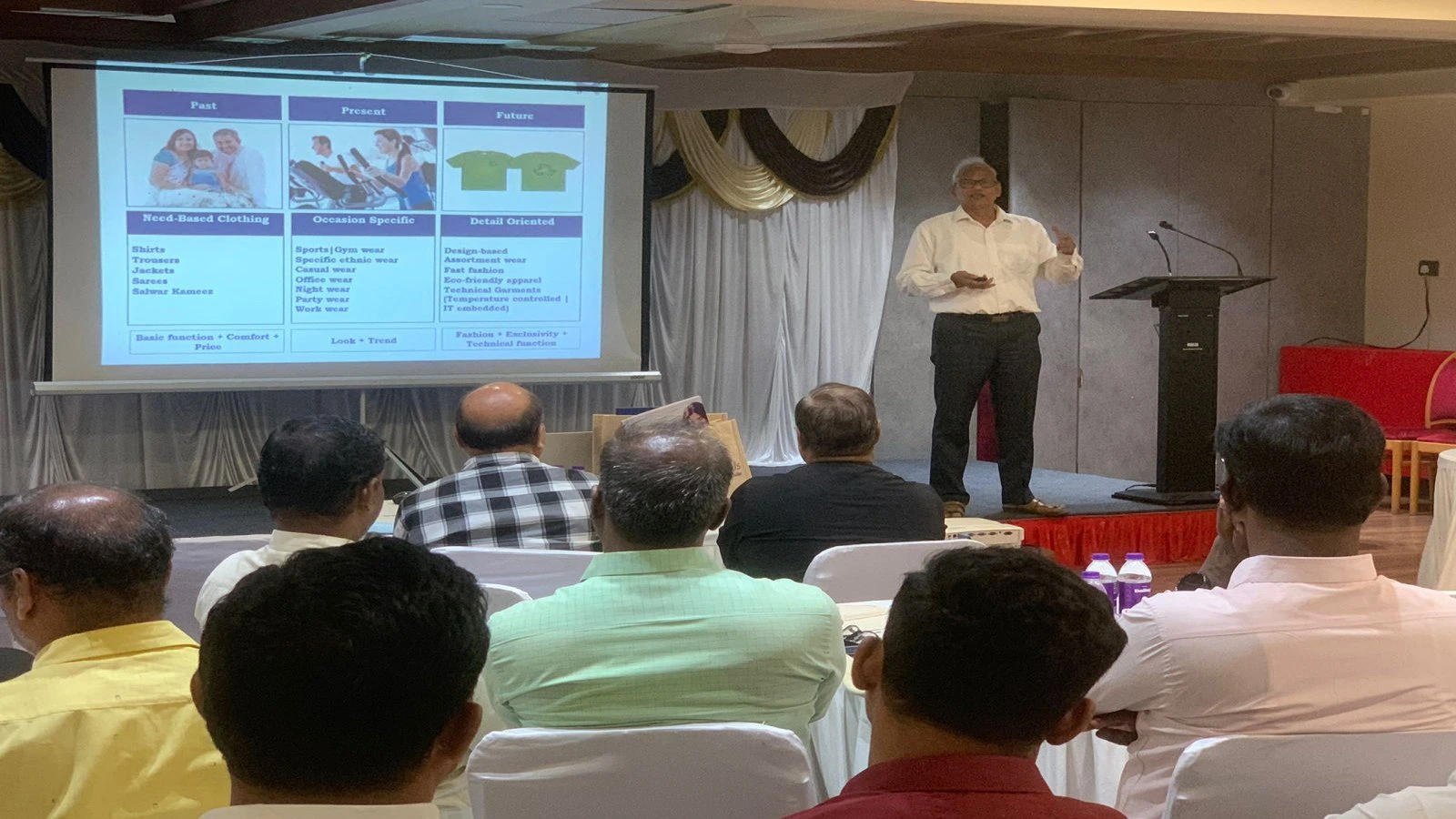


1.webp)


1.webp)
























1.webp)




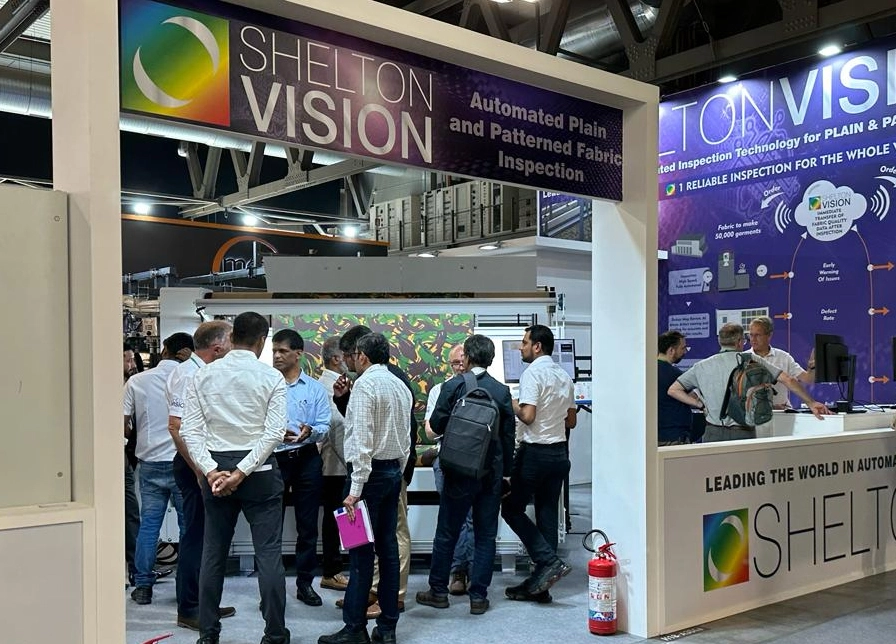

.webp)







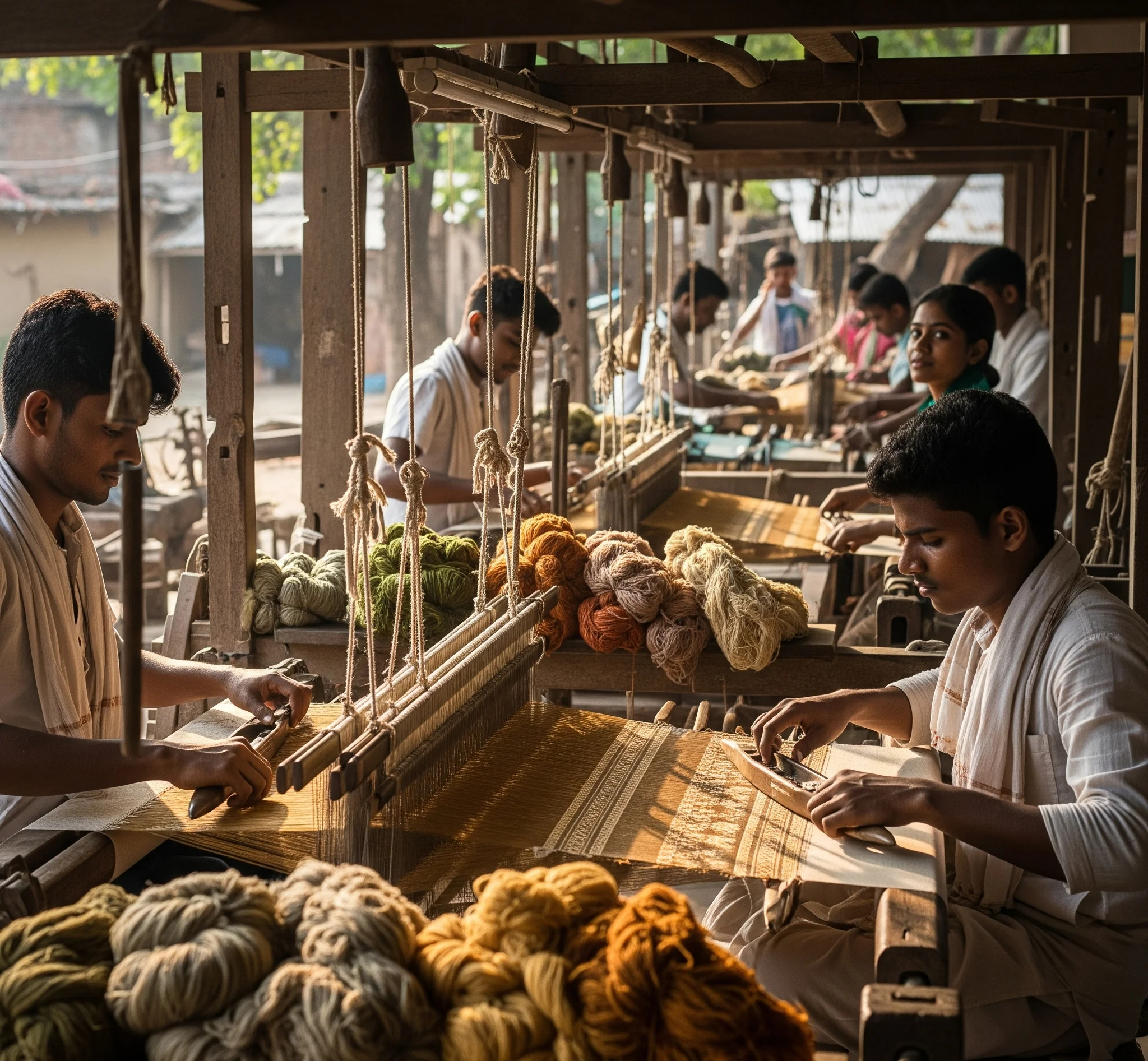












1.webp)




1.webp)
1.webp)


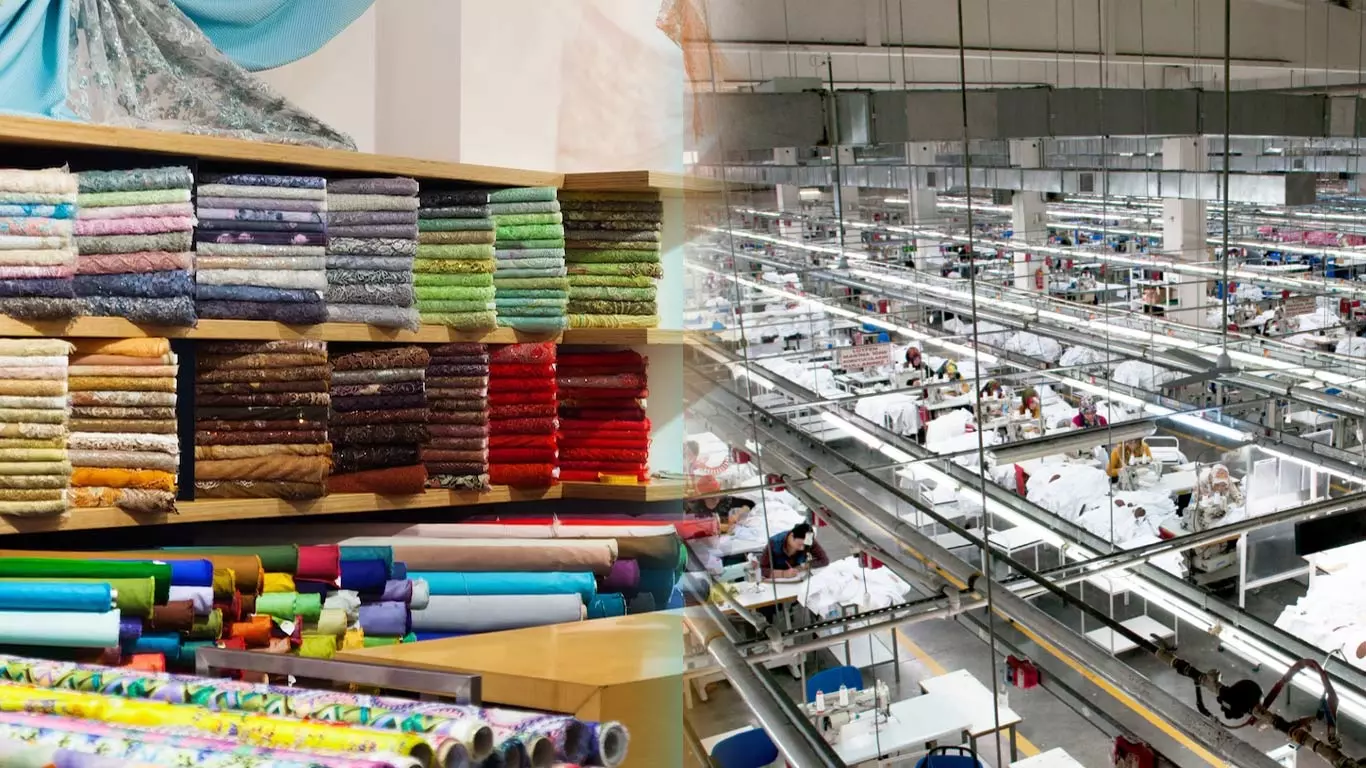
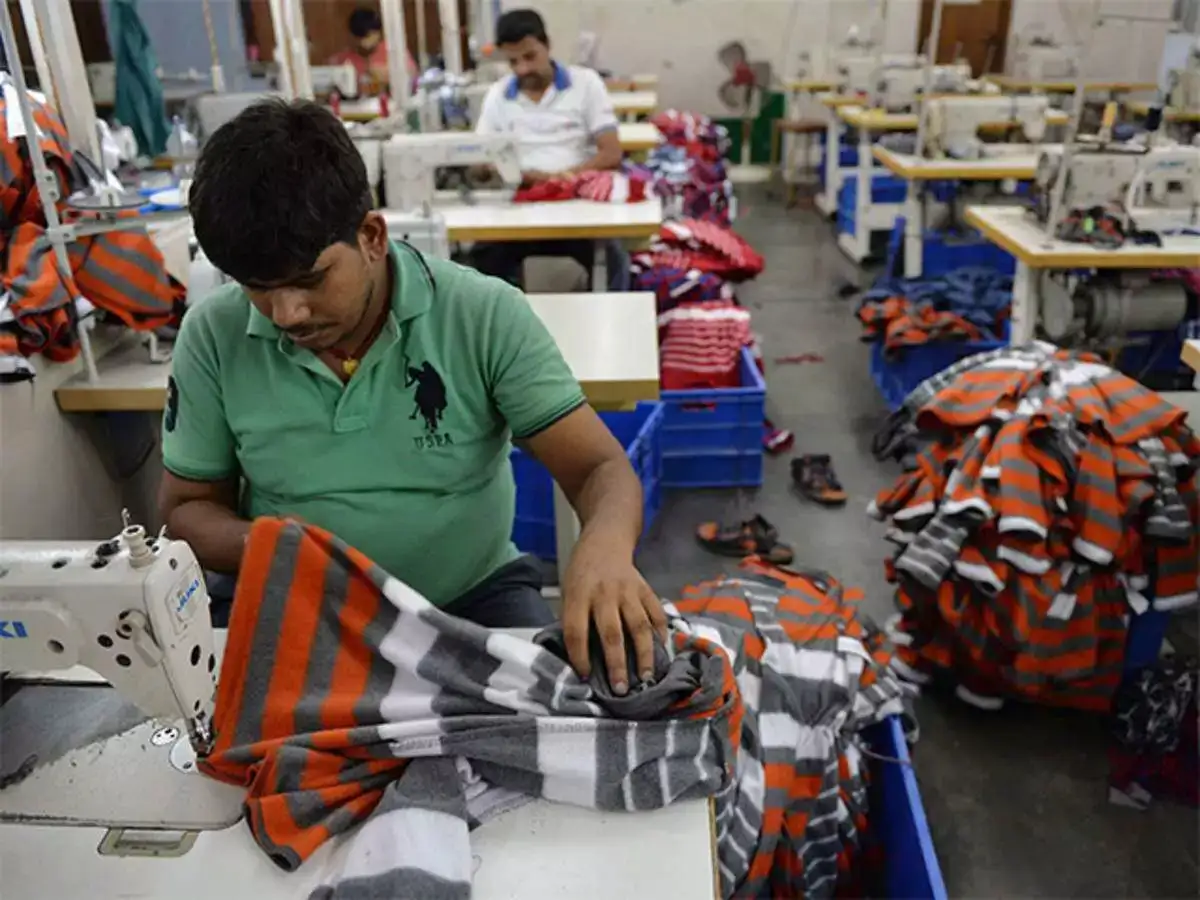











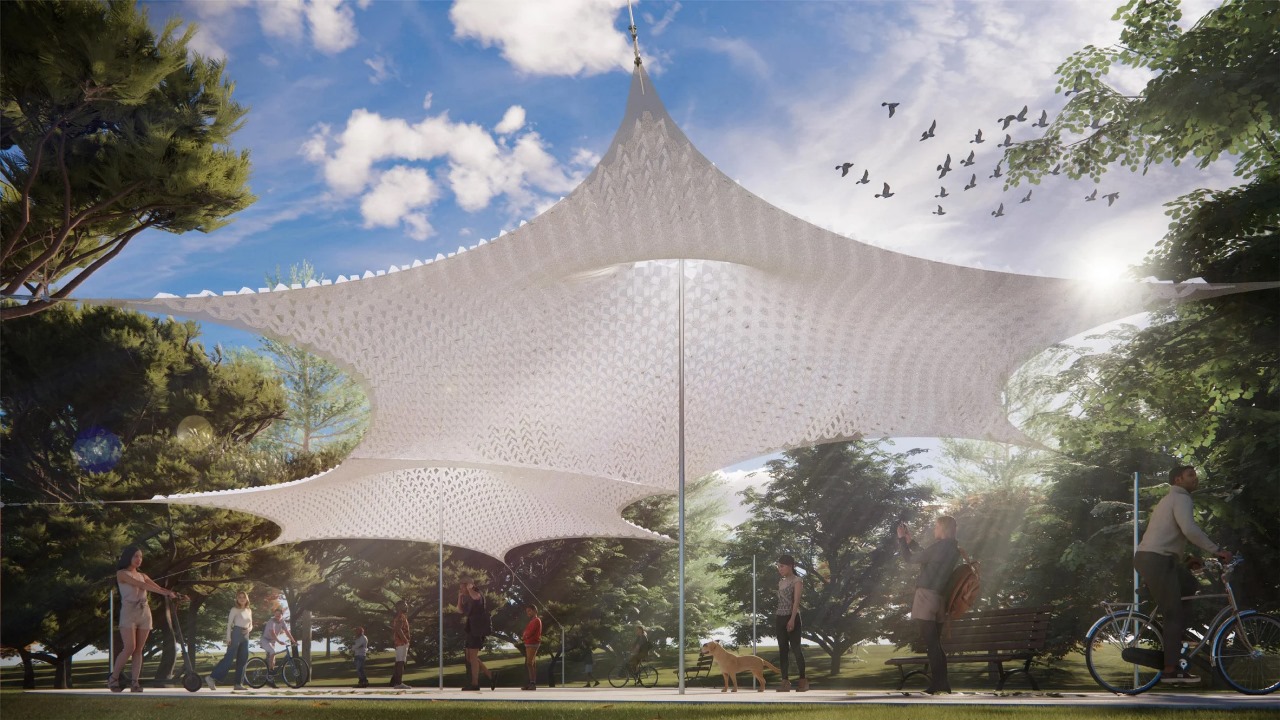






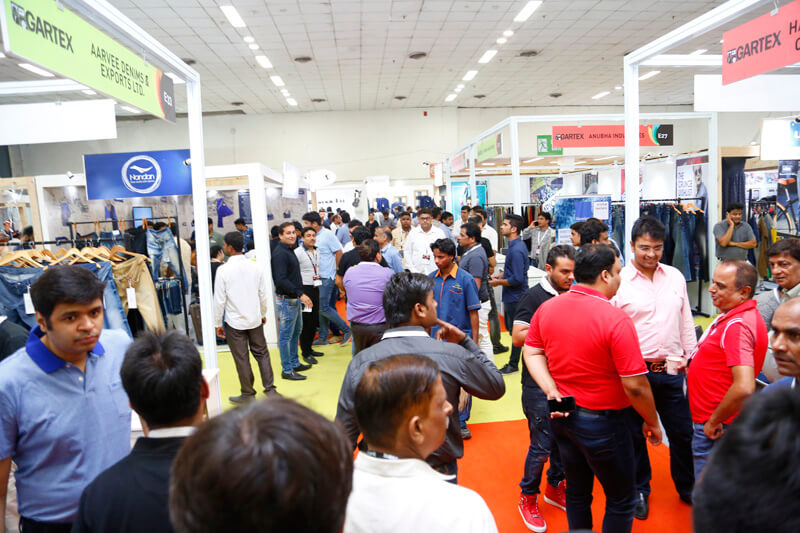

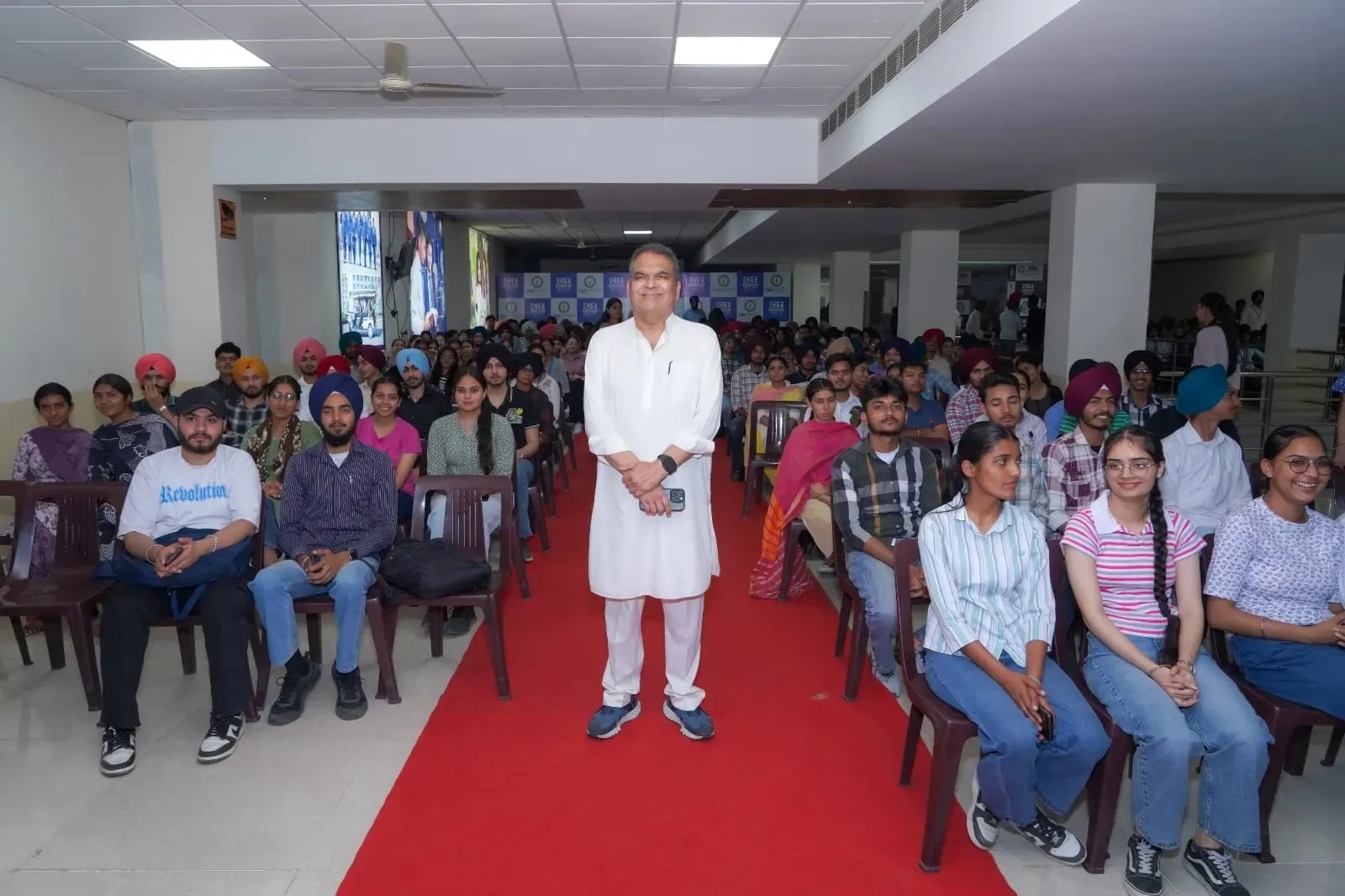



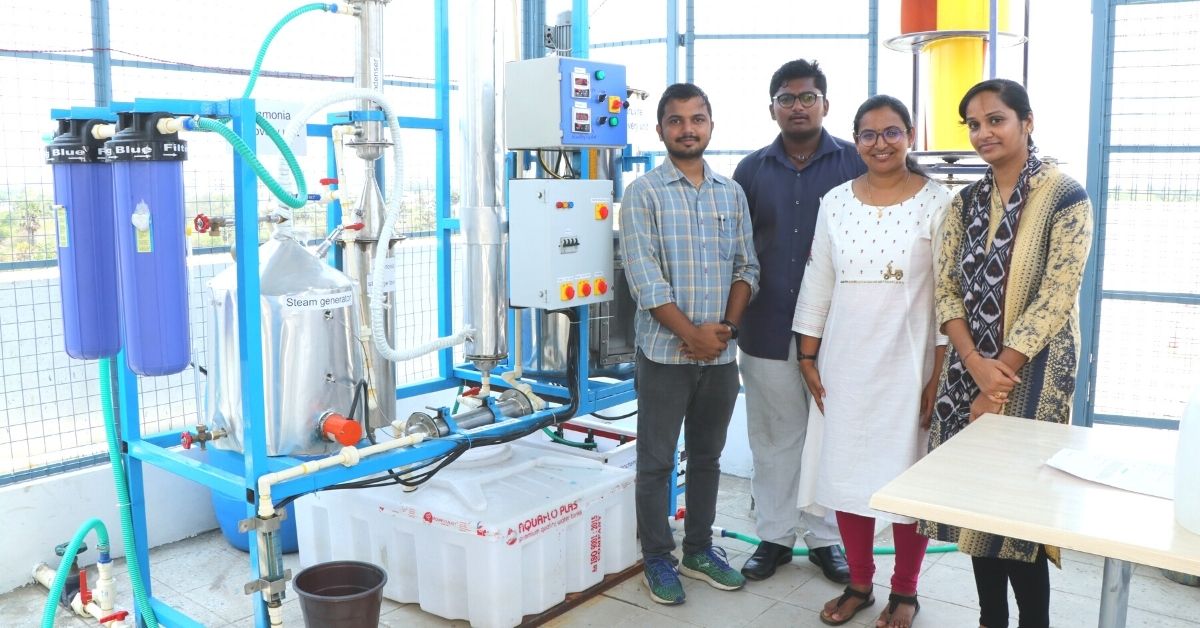












1.jpg)
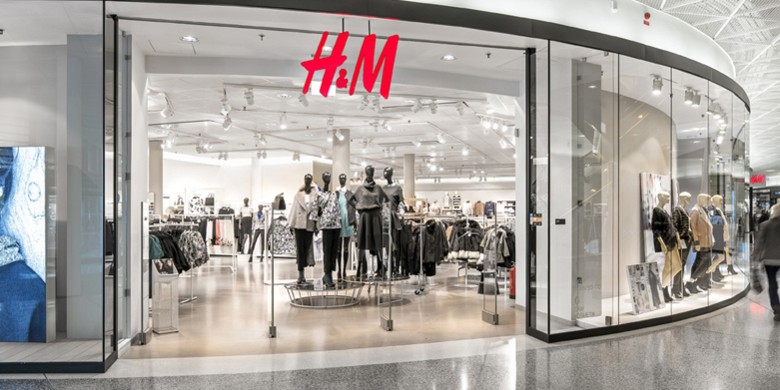

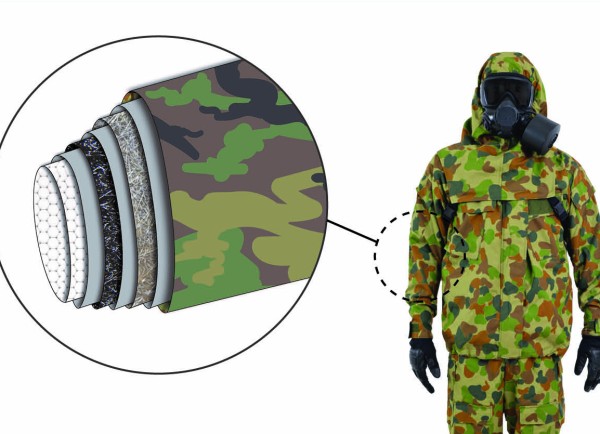
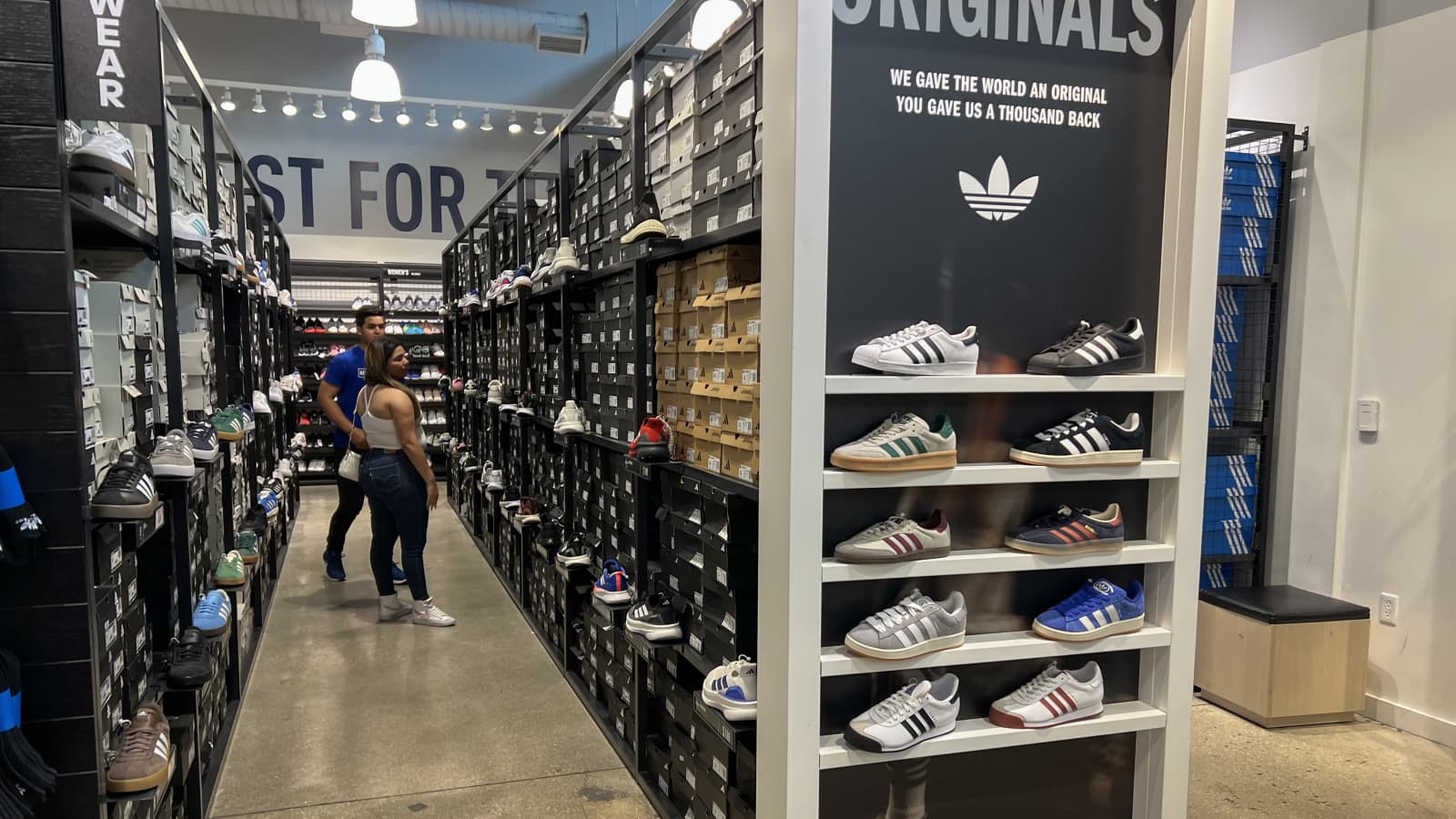




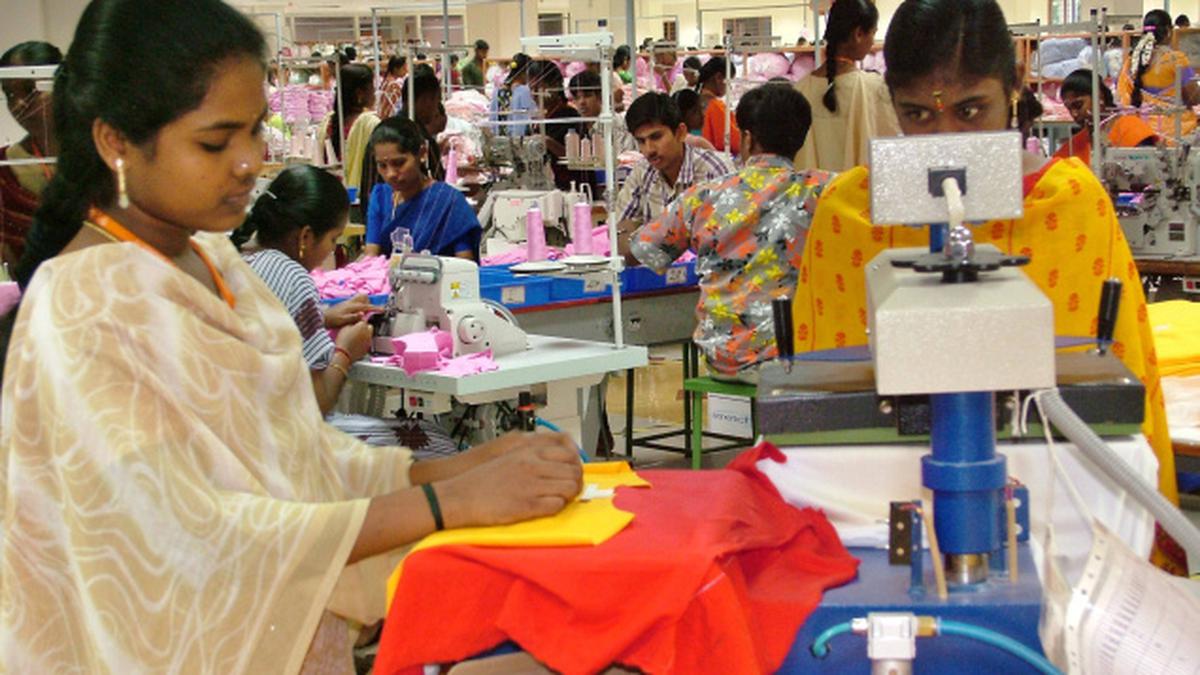


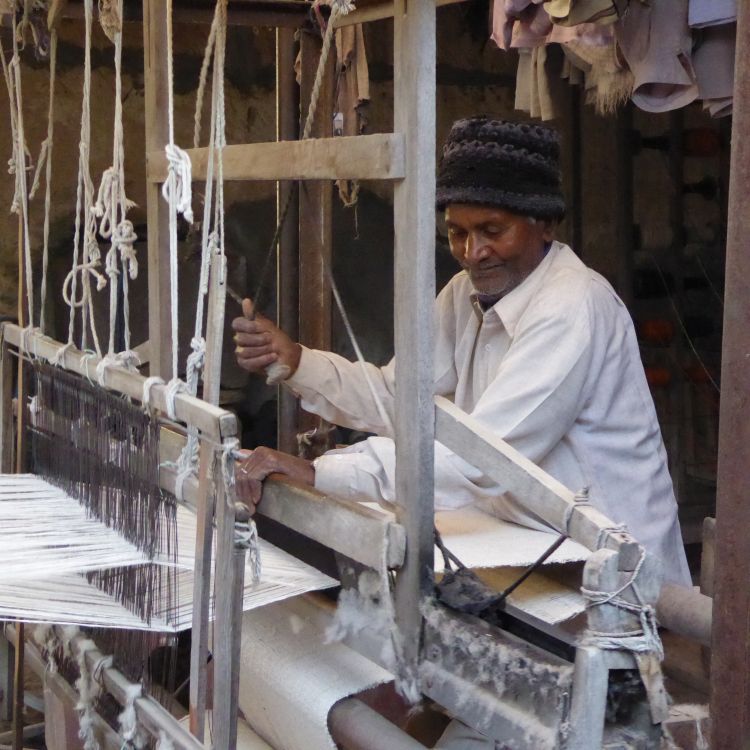

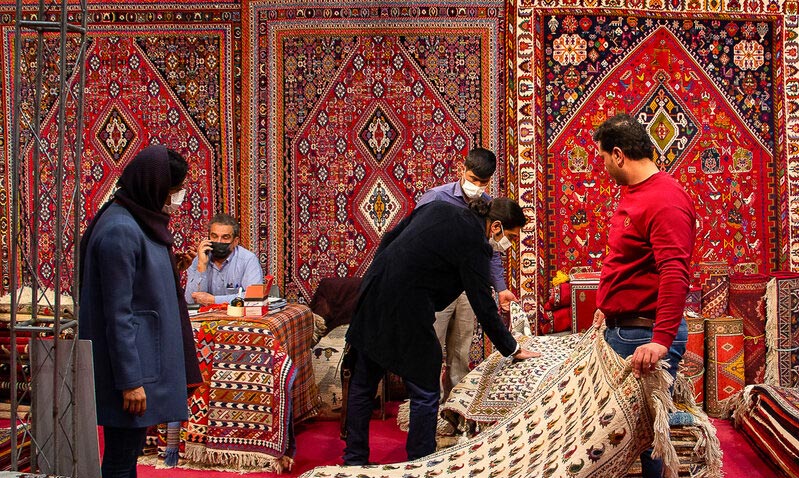













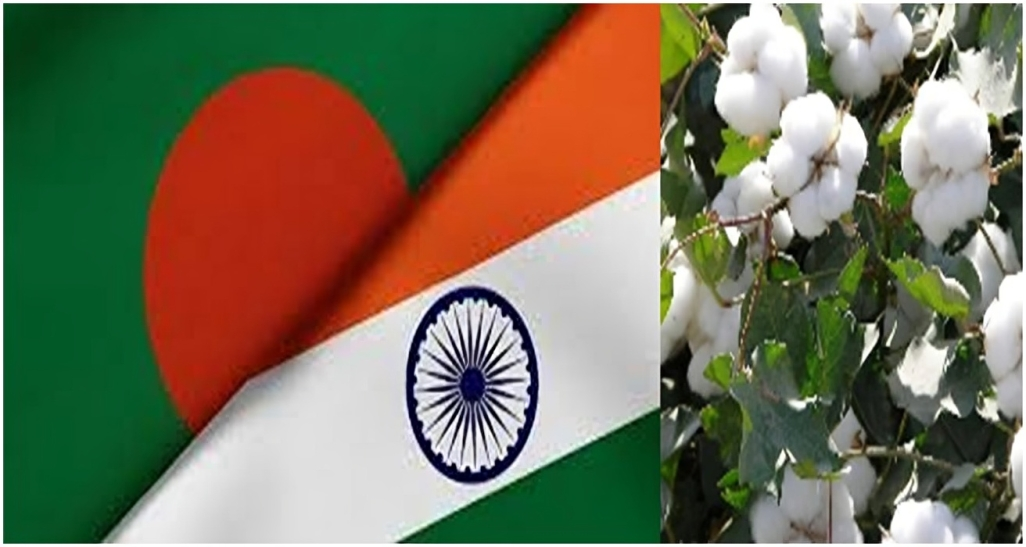
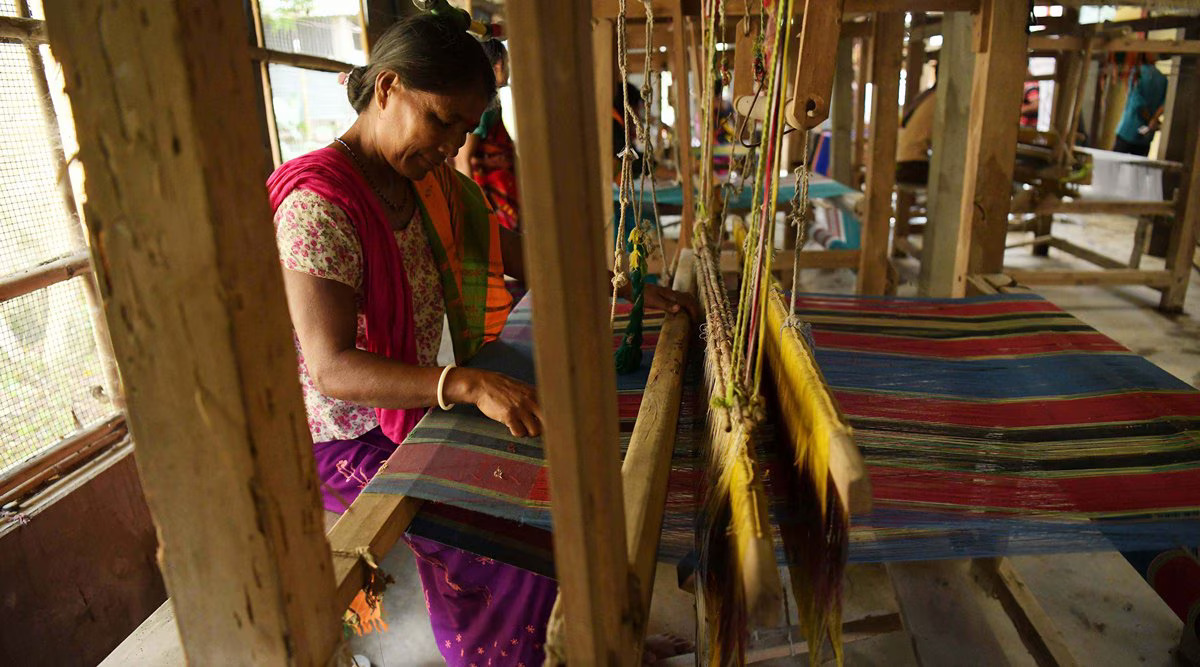



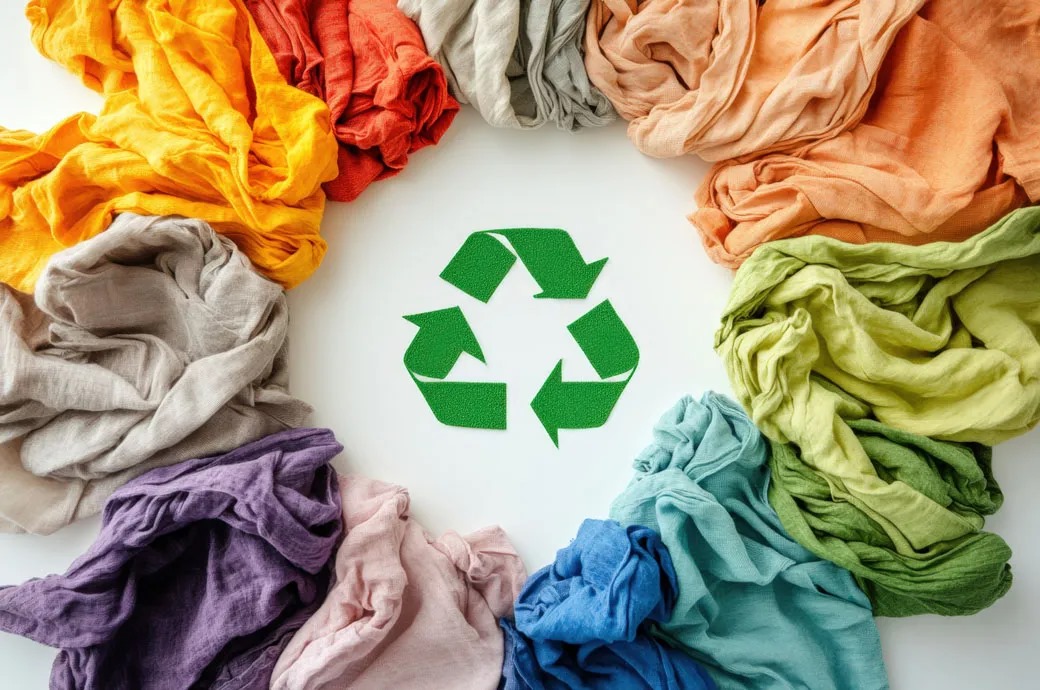


_large1.jpeg)












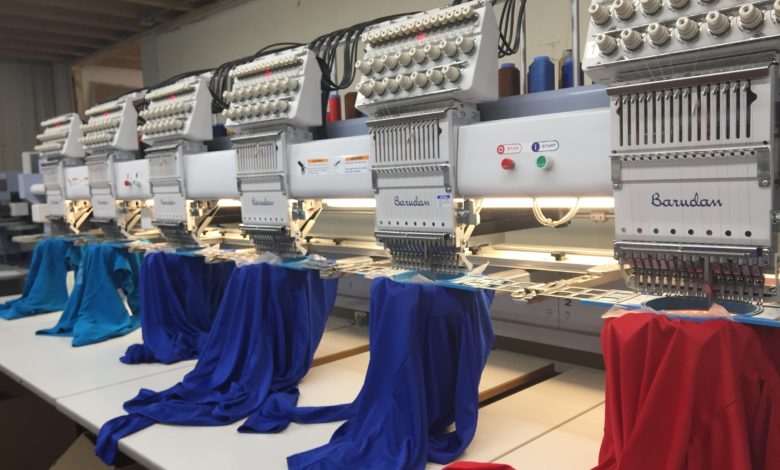























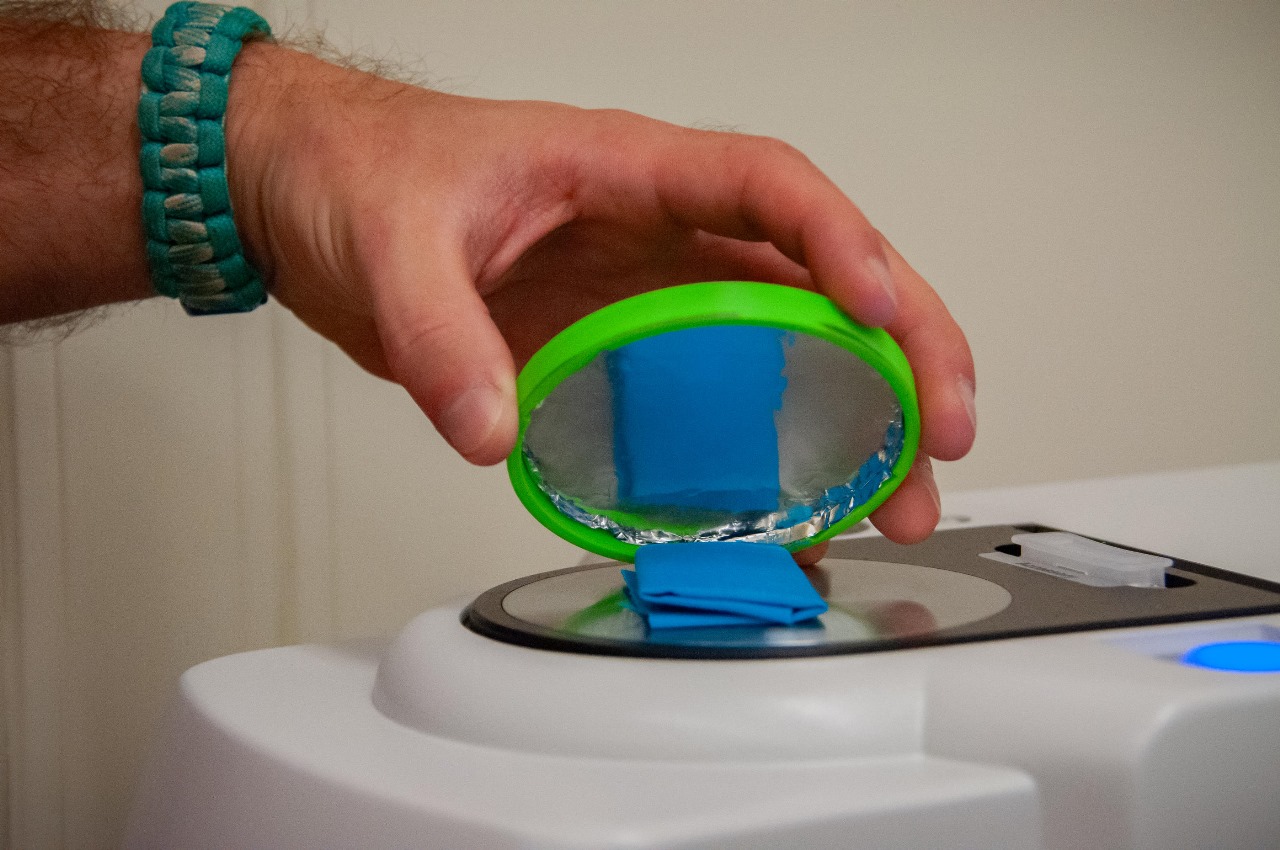




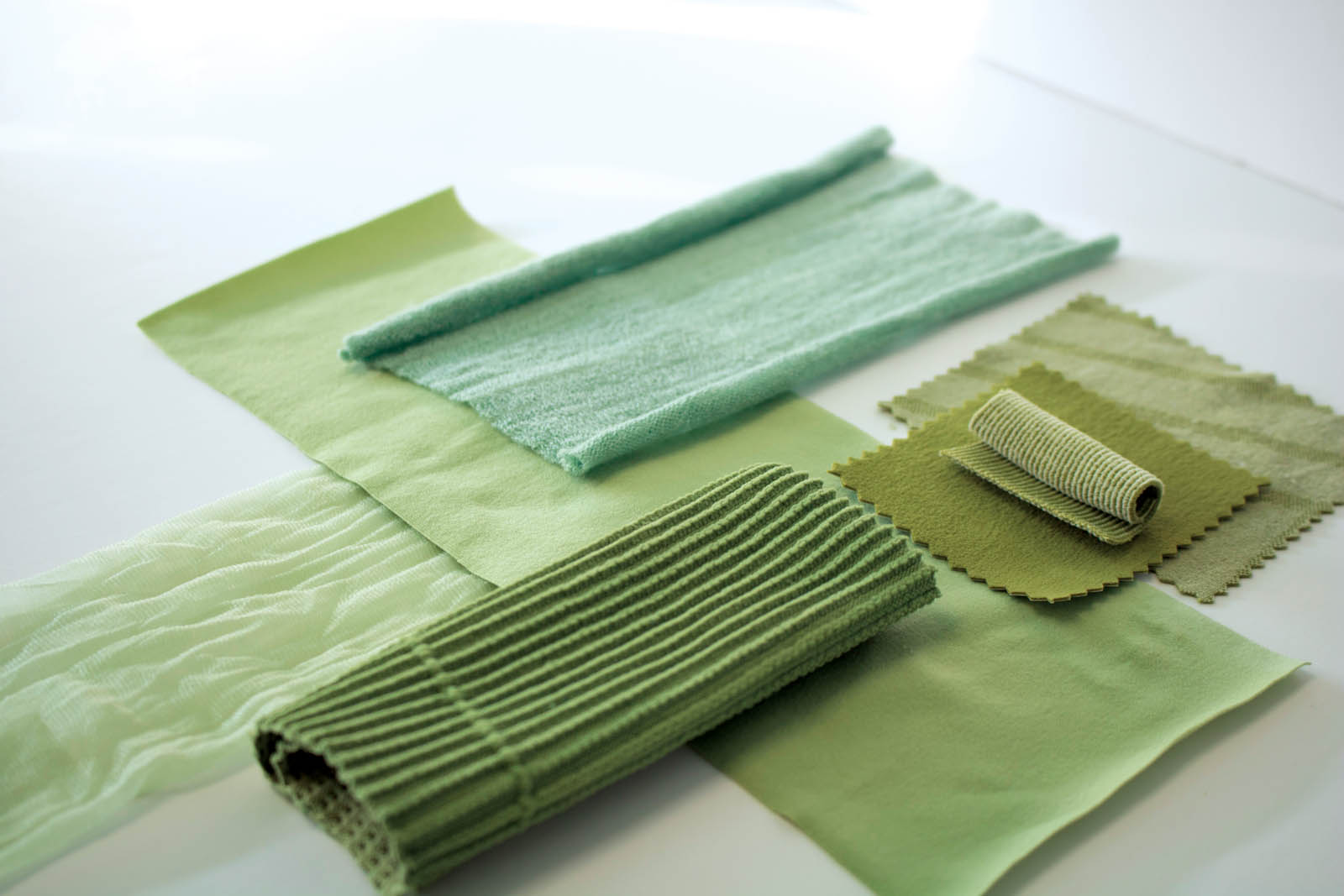





.png)












.jpg)
.jpg)









1.jpeg)
